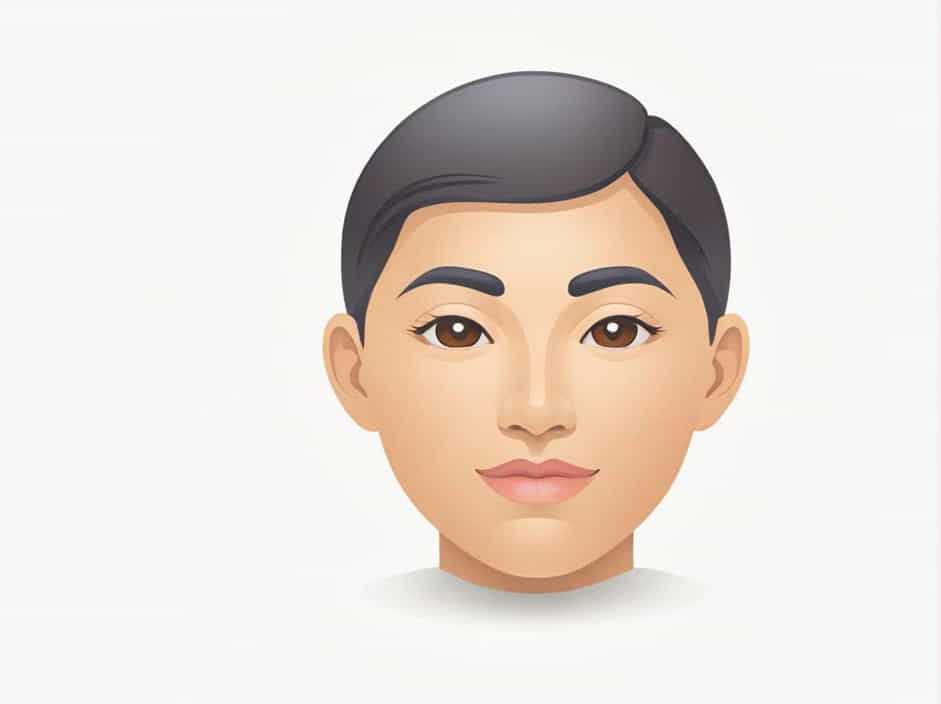The nasolabial fold is a common facial feature that becomes more noticeable as we age. Often referred to as “smile lines” or “laugh lines,” these folds are the creases that run from the sides of the nose to the corners of the mouth. While they are a natural part of facial anatomy, they can deepen over time due to aging, lifestyle factors, and genetics.
Many people seek ways to reduce the appearance of nasolabial folds, either through skincare, facial exercises, or cosmetic treatments. This topic explores what nasolabial folds are, their causes, and the best ways to prevent or reduce them.
What Are Nasolabial Folds?
Nasolabial folds are the natural lines or creases that separate the cheeks from the upper lip area. While they are present in everyone, they become more prominent as skin loses elasticity and collagen over time.
In common parlance, nasolabial folds are often referred to as smile lines because they appear more visible when a person smiles or laughs. However, they can also remain noticeable even when the face is at rest, especially with aging.
Causes of Nasolabial Folds
Several factors contribute to the formation and deepening of nasolabial folds:
1. Aging and Skin Elasticity Loss
One of the primary causes of nasolabial folds is aging. As we grow older, our skin produces less collagen and elastin, the proteins responsible for keeping it firm and youthful. This leads to:
- Sagging skin around the cheeks.
- Deeper creases around the mouth.
- Loss of fat and volume in the face.
2. Repetitive Facial Movements
Smiling, laughing, and other facial expressions cause the skin to fold repeatedly. Over time, these repetitive movements contribute to the formation of deeper lines.
3. Sun Exposure
Excessive exposure to UV rays can break down collagen and elastin fibers, leading to:
- Premature aging of the skin.
- Loss of firmness and elasticity.
- Deeper wrinkles and folds over time.
4. Genetics
Some people naturally have more prominent nasolabial folds due to their genetic makeup. If your parents or grandparents had deep smile lines, you are more likely to develop them too.
5. Lifestyle Factors
Certain lifestyle habits can accelerate the development of nasolabial folds, including:
- Smoking – Reduces collagen production and causes premature wrinkles.
- Poor diet – A lack of hydration, vitamins, and antioxidants can weaken skin health.
- Lack of sleep – Leads to skin dullness and increased wrinkles.
How to Reduce Nasolabial Folds Naturally
While nasolabial folds are a normal part of aging, there are ways to minimize their appearance. Here are some effective non-surgical methods:
1. Skincare Routine for Firm Skin
A good skincare routine can improve skin elasticity and reduce fine lines:
- Use Retinol and Vitamin C – Boosts collagen production and smooths the skin.
- Hydration is Key – Apply a hyaluronic acid serum to plump the skin.
- Daily Sun Protection – Use SPF 30 or higher to prevent sun damage.
2. Facial Exercises and Massage
Facial exercises can help strengthen facial muscles and keep the skin firm. Try these simple exercises:
- Cheek Lift – Smile widely and lift your cheeks, holding the position for 10 seconds.
- Lip Resistance – Press your lips together tightly while pushing outward with your fingers.
- Facial Massage – Use a jade roller or your fingers to massage the nasolabial area, improving circulation.
3. Healthy Diet and Hydration
Eating the right foods can support skin elasticity:
- Collagen-rich foods – Bone broth, salmon, and leafy greens.
- Antioxidants – Berries, nuts, and green tea to fight free radicals.
- Hydration – Drink plenty of water to keep the skin plump and moisturized.
4. Sleep and Stress Management
Getting enough sleep and managing stress can significantly improve skin health:
- Sleep on your back – Reduces pressure on the face.
- Practice relaxation techniques – Yoga, meditation, or deep breathing to prevent stress-related aging.
Medical and Cosmetic Treatments for Nasolabial Folds
If natural methods aren’t enough, several cosmetic treatments can help reduce deep nasolabial folds.
1. Dermal Fillers (Hyaluronic Acid Injections)
Dermal fillers, such as Juvederm and Restylane, are injectable treatments that:
- Plump the skin by adding volume.
- Smooth out deep folds instantly.
- Last between 6 to 18 months.
2. Botox for Facial Tightening
Botox can be used alongside fillers to relax muscles around the mouth and prevent excessive creasing.
3. Laser Skin Resurfacing
Laser treatments, such as fractional CO2 lasers, stimulate collagen production and improve skin texture.
4. Microneedling and Radiofrequency Therapy
These treatments create tiny micro-injuries to trigger the body’s natural healing process, promoting firmer skin.
5. Facelift Surgery (For Severe Cases)
For individuals with significant skin sagging, a mini facelift or full facelift can provide long-term improvement by lifting the skin and tightening facial muscles.
Can Nasolabial Folds Be Prevented?
While you can’t completely prevent nasolabial folds, following these tips can help delay their formation:
- Avoid excessive sun exposure – Always wear sunscreen.
- Stay hydrated – Moisturized skin ages slower.
- Follow a healthy diet – Include collagen-boosting foods.
- Maintain a good skincare routine – Use products that promote firm and youthful skin.
- Reduce stress and sleep well – Prevents premature wrinkles.
Nasolabial folds, or smile lines, are a natural part of facial anatomy that become more noticeable with age. While they are not harmful, many people seek ways to reduce their appearance for a more youthful look.
By maintaining healthy skin care habits, doing facial exercises, and considering cosmetic treatments, you can minimize the depth of nasolabial folds and keep your skin looking smooth and firm.
